Creators, Makers & Doers: Grant Olsen
Posted on 5/13/15 by Arts & History
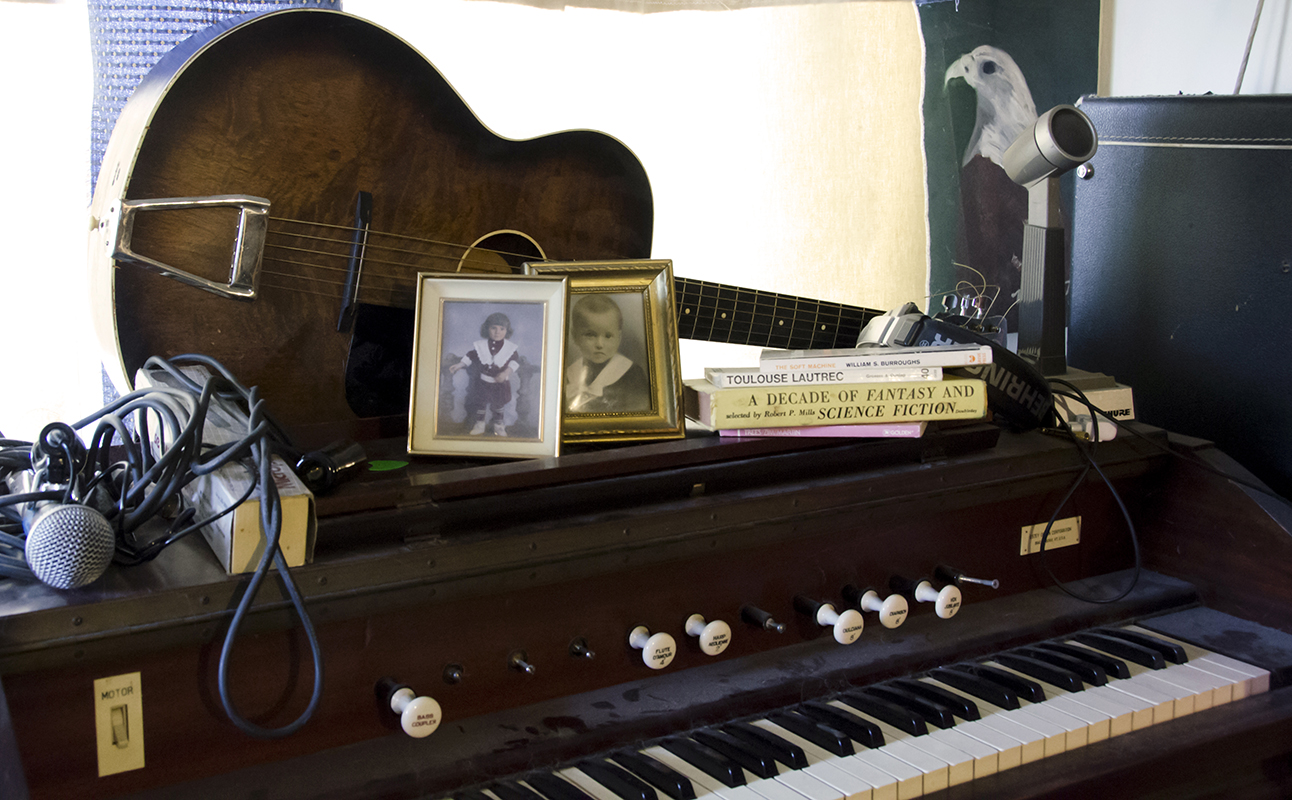
Adorable dogs, strong black coffee, musical instruments, and a collection of Richard Nixon photographs all comingle in Grant Olsen’s live-work space. Grant’s full-time art career began in 2002; in that time his work has evolved through experimentation within a wide range of mediums stretching from painting, to sewing, to now mainly digital. Grant’s art can now be found in almost all four corners of the city. Grant discusses with A&H staff the challenges of holding on, staying inspired, persevering, and making a living in Boise, Idaho.
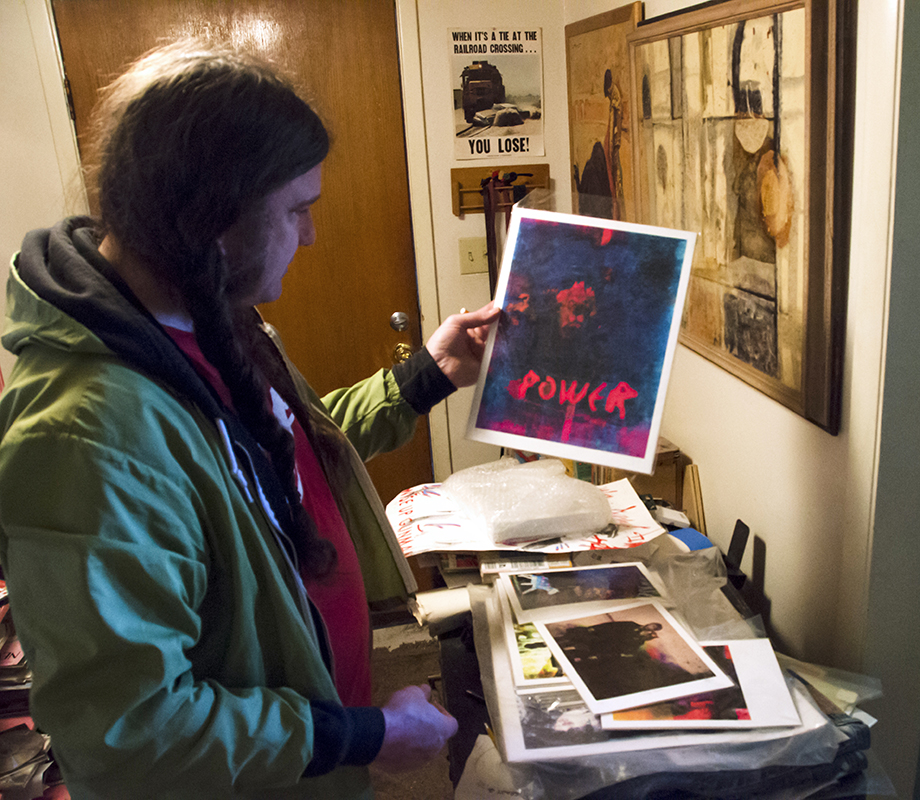
Have you been able to make a living as an artist?
Yea. I had this sort of immediate recognition in 2005. My work was selected for inclusion in the Boise Art Museum’s Triennial. I was very happy to have been juried into the show by Arthur Danto. Shortly after the Triennial, I received a fellowship in visual arts from the state. I had this career going, this real excitement from other people about my work. I had a group show in LA, I had work in Portland and work in NYC.
Then everything started collapsing, in terms of my ability to deal with the world. The first hints of a disorder. A major depressive disorder started rearing in my head. It was a slow and difficult slide that lasted 8, maybe 9 years. Pretty significant. I really felt like I was doing something that was exciting and meant something, and then it stopped. I didn’t have a career anymore. I was just treading water. Everything I did was about trying to stay ahead. I was trying to make money and trying to find work.
Depression is not a friend to art and not pivotal to work. It is destructive. It makes it impossible to do anything, including making art. It was only in the last year or so that I’ve really been able to find a safe place again.
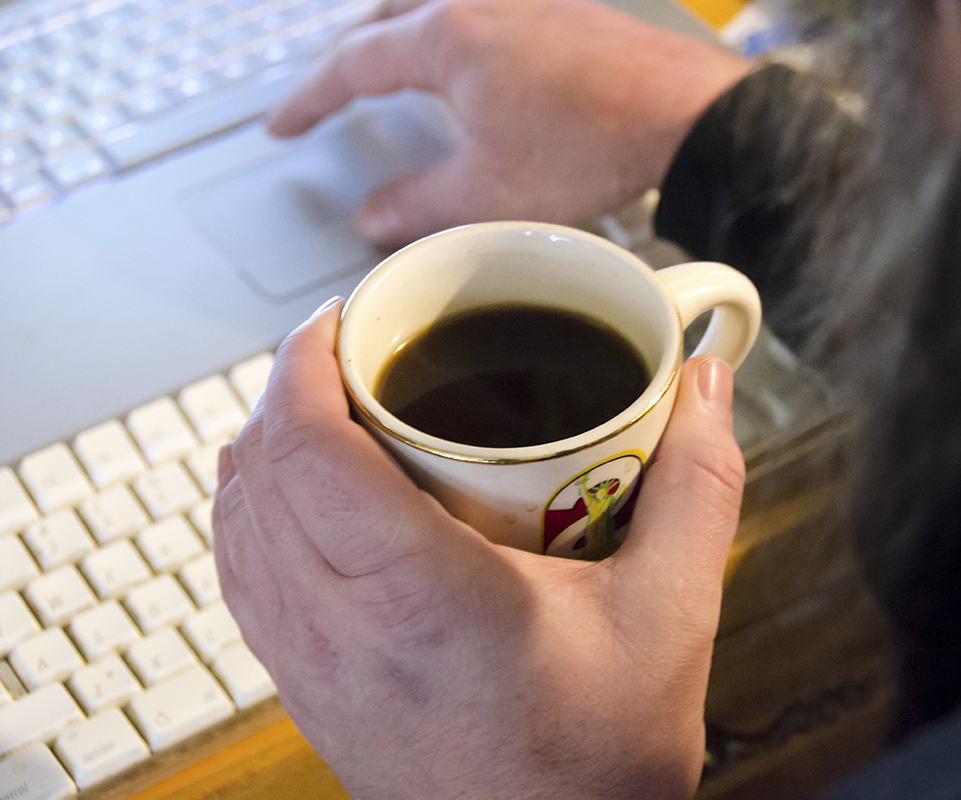
Do you still have support from the community?
Yeah, people here were wonderful to me. Boise has been so supportive and incredible. People are so welcoming of who I am both as an artist and as a person. Obviously the city has always been supportive with as much budget and time as they can offer people. I have never hesitated, when people ask me for advice, to say that I could tell you a thing or two, but you are much better served talking to the city, or speaking with the Idaho Commission on the Arts. I don’t think I could be more supported anywhere else.
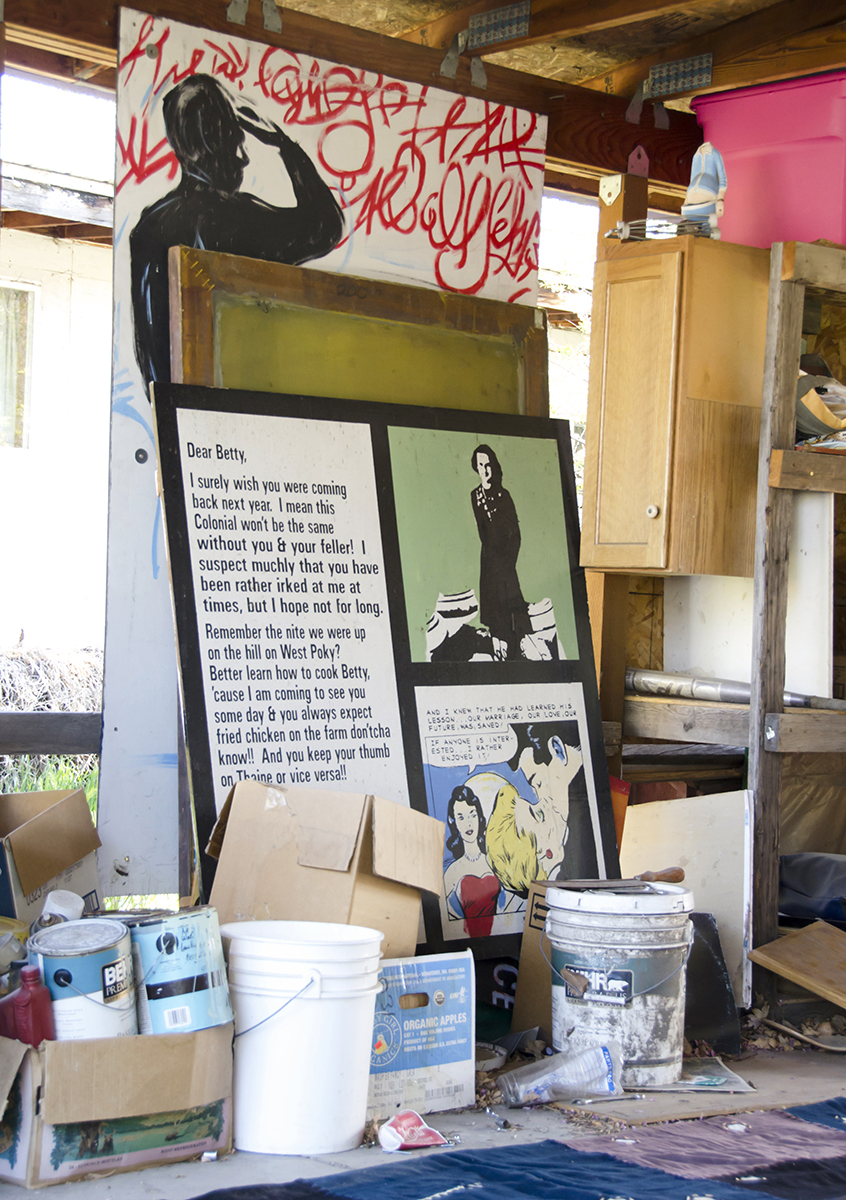
Are you optimistic about the art scene and community?
I have nothing but respect and excitement for my friends and the work they do here. I love my friends’ work. It’s almost an automatic thing; as soon as I become friends with someone I will always support them no matter what. Even if I’m not that excited about the music or art necessarily, I will stand up for them because there’s something in our friendship that is clearly something that I will be attracted to in their work.
In addition, Boise State has transformed itself in a really magical way. The people who are there now are so much more focused on contemporary work, making work, thinking about work, and understanding how to deal with the world. The MFA program is really fantastic and I see now the fruits of that.
It’s pretty incredible to see what Boise has been able to do; new galleries existing that are vital; new spaces that are embracing public works; new guerilla style installations, and people who are willing to work outside the system and do exciting and vibrant things.
Is there anything that you feel is lacking here?
Yes, but changing it would involve Boise not being Boise. I would rather Boise just stay what it is and keep what makes it vibrant.
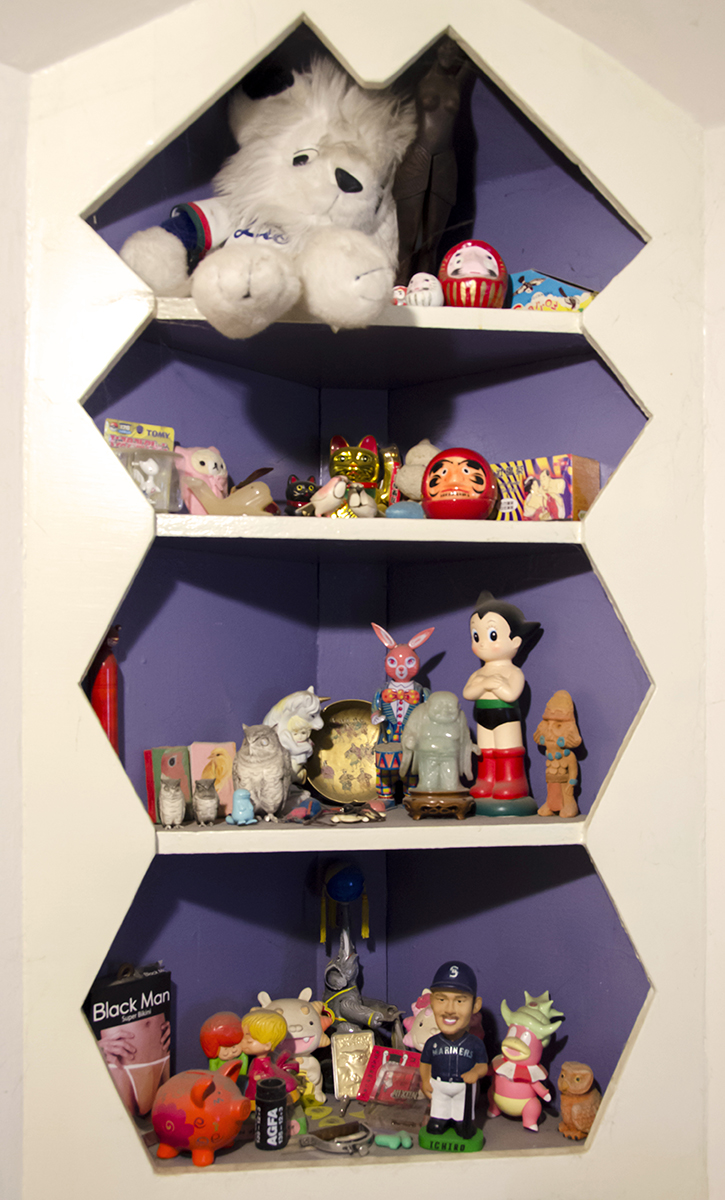
Do you have any inspirational words for artists out there?
No, that’s not my job. I only know how I work. I don’t know how other people work. I trust that other people are doing exactly what they need to be doing and have their own process, their own things that they’re attracted to, and their own pace at which they need to work. While I have my own course of action, which is exactly what I need to be doing, my process would absolutely not work for anyone else. We all think of art as bodies of work. We all think about being an artist or making work that spans a lifetime. That’s a mistake in a lot of ways. Look at the way music works or literature. There are people like Jim Thompson, a genre writer, who wrote many novels and wrote them in such large quantities because that was the way he had to work. He was functioning in a different system and was writing basically a penny on the word. Art was a way to support his family. Then there are people on the other side of that spectrum like Ralph Ellison, who wrote The Invisible Man. He never wrote another work. Everyone just has their own way of working and I can’t tell anyone what’s right or wrong.
Creators, Makers, and Doers highlights the lives and work of Boise artists and creative individuals. Selected profiles focus on individuals whose work has been supported by the Boise City Dept. of Arts & History.